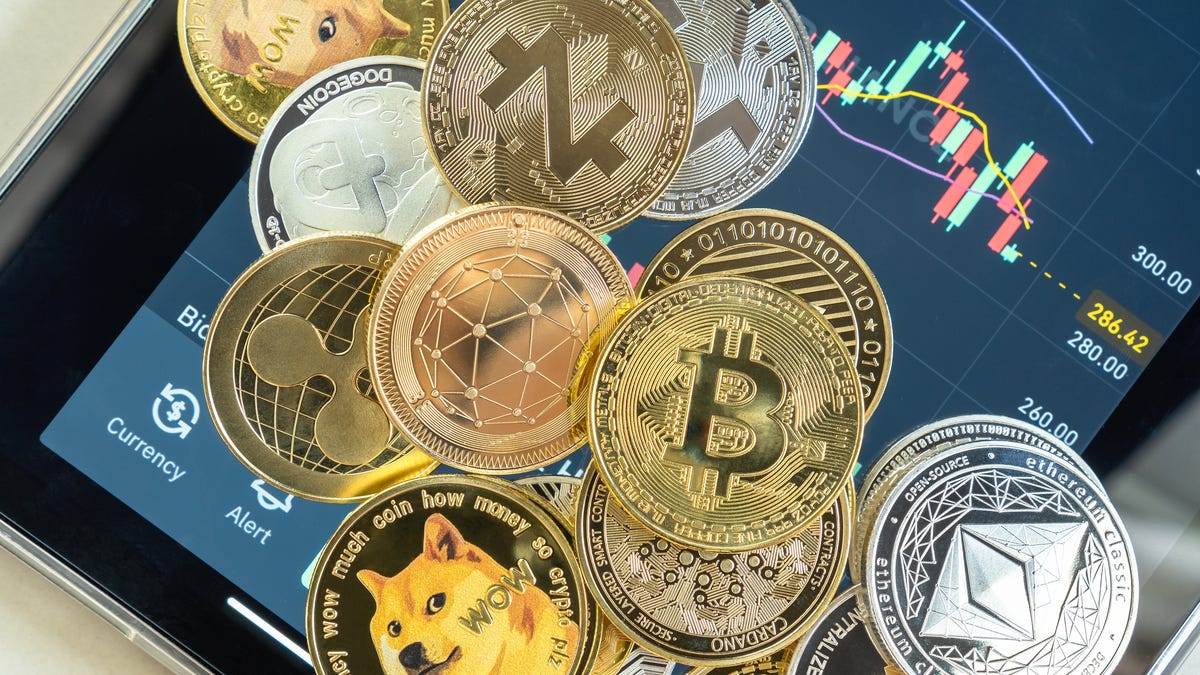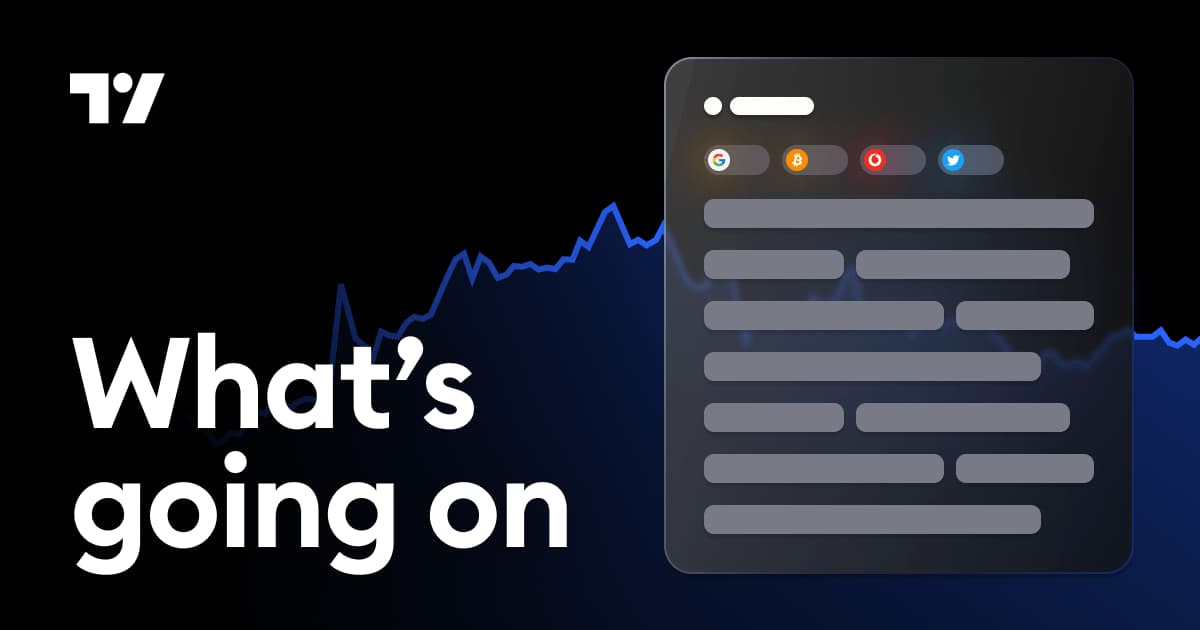Summary:
Altcoins are more reactive to macroeconomic data compared to Bitcoin.
George Soros' reflexivity theory explains feedback loops in trading behavior.
Smaller market cap assets like Ethereum and Solana are particularly volatile.
Recent macroeconomic signals have led to increased risk-taking in altcoins.
Bitcoin's institutional adoption provides a buffer against extreme volatility.
Understanding Altcoins' Sensitivity to Market Changes
Ever wonder why altcoins are more reactive to macroeconomic data compared to Bitcoin? According to Matt Mena, a crypto research strategist at 21Shares, we can gain insights from George Soros, the renowned investor known for breaking the British pound in 1992.
Soros developed his theory of reflexivity in the 1950s, which, while rooted in traditional finance, applies to the crypto market as well. This theory highlights the feedback loops among investors where price movements influence behavior, which further affects prices.
Altcoins: More Speculative, More Volatile
Smaller market cap digital assets like Ethereum and Solana are more speculative, making them particularly susceptible to these reflexive cycles. Mena explains that when macroeconomic indicators suggest improving liquidity, like potential Fed rate cuts, investors tend to take on more risk. This leads to an influx of capital into altcoins, magnifying price movements.
For instance, after a recent inflation report alleviated concerns, Bitcoin saw a 3.8% increase in price, while Ethereum and Solana surged 7.1% and 10.7% respectively.
Bitcoin: The Established Player
Despite Bitcoin's volatility by traditional finance standards, its institutional adoption and reputation as digital gold provide a buffer against the reflexive trend, making it less prone to extreme price swings compared to its counterparts.
Liquidations and Market Dynamics
While Soros' theory explains altcoins' volatility, other factors, such as liquidations, also play a significant role. These occur when exchanges close traders' positions due to insufficient funds, amplifying both potential gains and losses.
Fragmented Markets and Exaggerated Movements
Tony Acuña-Rohter, CEO of EDX Markets, points out that the fragmented nature of crypto markets can lead to exaggerated price movements. Risk management tools like margin calls can further exacerbate these swings, making the crypto landscape particularly volatile.
By understanding these dynamics, traders can better navigate the unpredictable world of altcoins, recognizing the influence of macroeconomic conditions and market behaviors on price fluctuations.









Comments